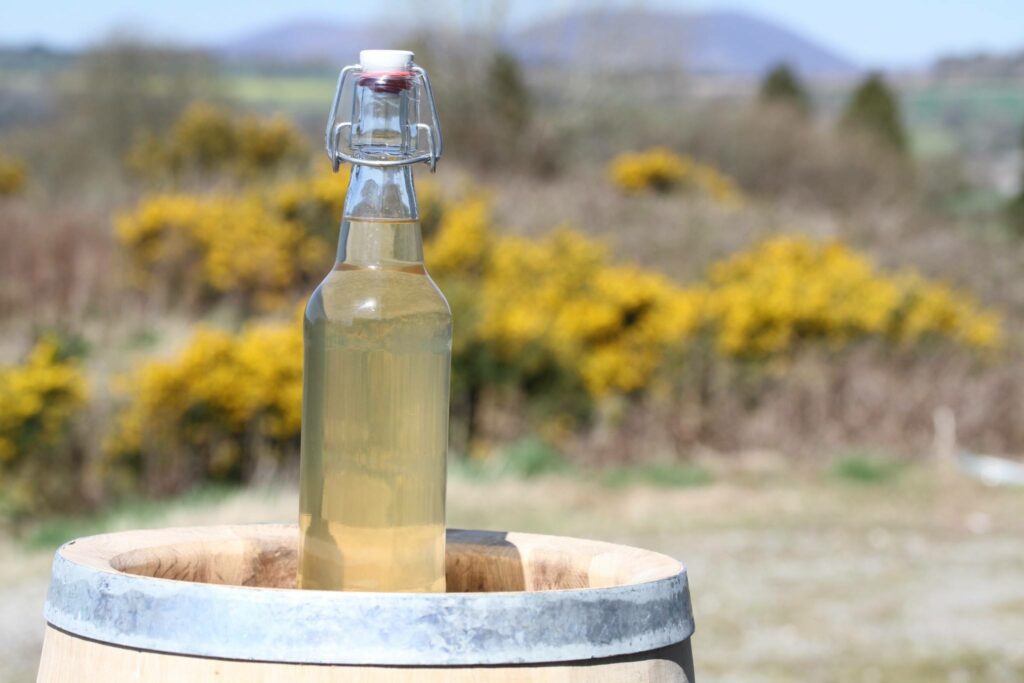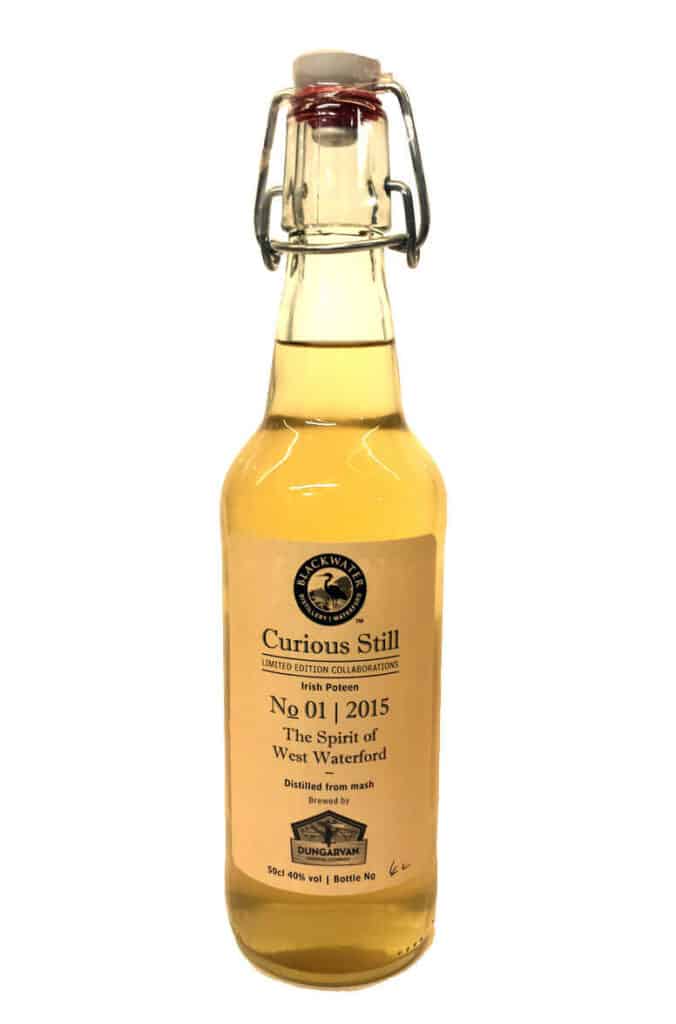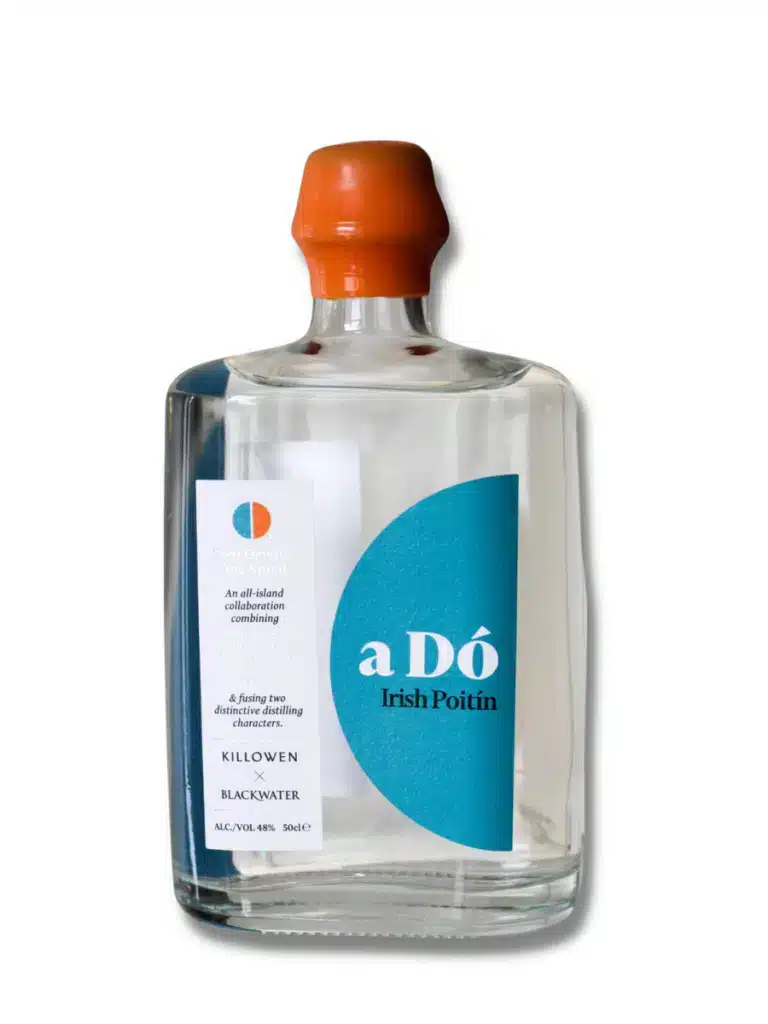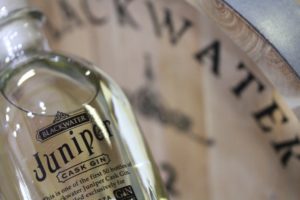14/11/2023
Where to begin with Irish Poitín?
For a start it’s where we began, this bottle was the first spirit we ever distilled. Cloudy from a couple of months in a sherried quarter cask, full of chocolate malt and rye it was epic stuff.

This bottle was to be the first in a series of collaborations, however the Spirits Act 1880 and a new technical file drawn up by people who wouldn’t be seen dead drinking Poitín, meant that the project was dead on arrival. So if you ever see a bottle up for auction – BUY IT.

A few years later, we went again, this time bringing a Poitín into ALDI – Dolmen was a less complex spirit but very good mixed, and you can read about that here.
After that we focused on laying down whisky, and for several years kept our heads down. Then last year we collaborated with Killowen to produce this beauty:

And there are still a few bottles out there in the wild.
So by this time last year we were good to go with a stand alone Blackwater offering, we even brought a prototype with us to the first Poitin Now. But for us the stars were not aligning. We had plenty of good liquid, but really had no idea of how to bring something fresh and interesting to the market. So we hit pause, drank a lot of coffee and thought deep thoughts. Then about six months ago Head Distiller John had a bit of a brainfart.
Waterford is a long narrow strip of land but manages to pack a lot into that bit between the Comeragh mountains and the Copper Coast. So, went his reasoning, what if we produced a series of Irish Poitín that reflected that geographical diversity? We could tie the branding in with our soon to be released Blackwater whisky, so it all made sense.
So our first offering is Malt na Mara, an ocean malted Irish Poitín complete with a whiff of Comeragh peat smoke.
WFT is Ocean malted?
30% Raw Barley
10% Performer Rye
5% Malted Peated Oats
5% Husky Oats
We know that certain elements don’t distil, sugar, gluten and salt for example are too heavy to come across in the distillation run. So we weren’t expecting a salty spirit. But other elements like peat smoke do distil quite nicely – so what the end result would be was anyone’s guess.
What did we end up with? To my mind there is a certain mineral quality to the spirit, the sort of metalic bite you get from Nori. A sea note to nicely balance the turf smoke. Others don’t get any ocean notes… it’s an elusive sea breeze, but not in a way that would upset Cosmo Kramer.


